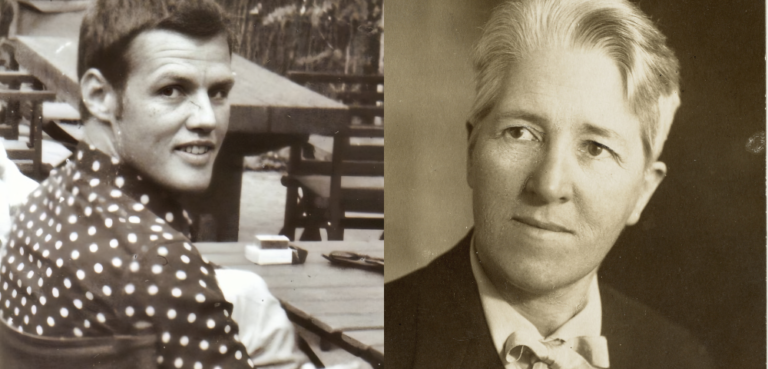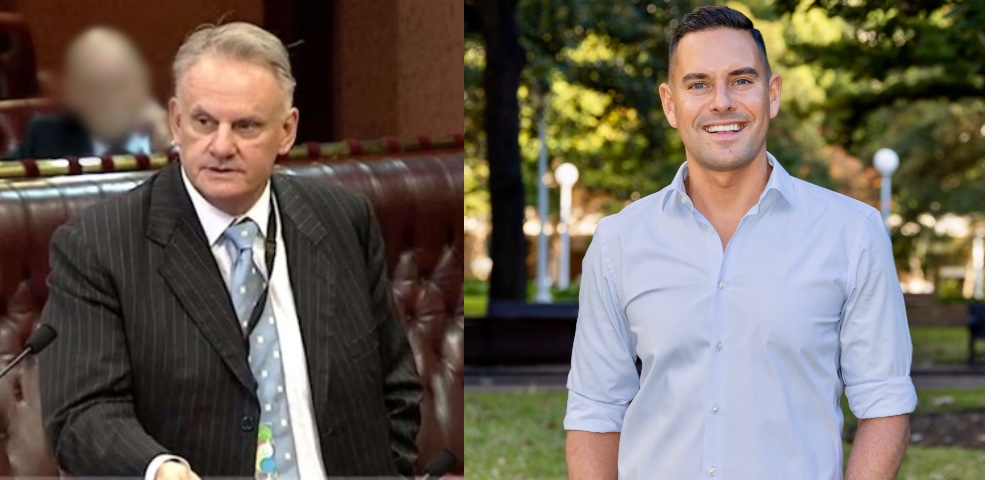
Global leaders connect the dots
BY ALEX MCDONALD
Cities are king in Australia, with close to 90 per cent of people living in urban areas, which is almost double the global average.
The Indian experience is in stark contrast to this picture, where more than 70 per cent of the population live in rural areas.
Yet mega-cities like Mumbai, which has a population of 18 million, are leading the way when it comes to managing people and infrastructure, says the organiser of this month’s Metropolis Congress in Sydney.
The director of the 9th Metropolis Congress in Sydney, Chris Johnson, says the event offers an opportunity to establish closer ties with our Asia Pacific neighbours such as Mumbai and Guangzhou.
The event is also a chance to launch new virtual modelling technology, which will be used to solve urban planning problems before they arise.
“This can make transport more efficient into modelling future growth and testing options,” said Johnson.
Chris Johnson says the current financial upheaval is unlikely to keep the 80-odd world leaders from attending the talkfest.
“We seem to have got very good numbers coming from China and India and from other places,” said Johnson. “Most of these people have locked in their commitments to travel quite some time ago. They give it a fairly high priority.”
Among those scheduled to speak at the Sydney Convention Centre in Darling Harbour from October 22-25 are the chair of the Nobel-Prize winning intergovernmental panel for climate change at the UN, Dr Rajendra Pachauri; Professor Saskia Sassen from Columbia University; and our own Cate Blanchett, who is joint artistic director of the Sydney Theatre Company as well as being a keen observer of global cities.
“Cate is an ambassador for Australia and for Sydney,” says Johnson. “She’s also someone who is passionate about climate change issues. So to have her involved, speaking to some of these leaders, is quite useful.”
Despite the congresses’ focus on climate change, social sustainability and urban renewal, Chris Johnson concedes that global finance will undoubtedly be a hot topic.
“We have four fundamental themes,” he said. “One is about city leadership. One is about climate change and obviously cities are looking very much at how finance is going to fund infrastructure. So, I’m sure that is going to be very much part of the agenda.”
Chris Johnson’s interest in city infrastructure is not limited to the Metropolis Congress. He is also executive director for the NSW planning department’s special projects division. Plus, he is a member of the Central Sydney Planning Committee and is deputy chair of the Barangaroo Design Review Panel.
Johnson said he is keen to hear what Britain’s Nicky Gavron and the mayor of Mumbai, Dr Shubha Raul, have to say about the future of cities.
Gavron was formerly deputy mayor under Ken Livingstone and was one of the key forces behind the C40 group, while Shubha Raul has the mammoth task of juggling transport, housing and poverty on behalf of Mumbai’s 18 million residents.
“One of the best ways to learn [about cities] is by seeing case studies from different parts of the world,” says Johnson. “I was at another Metropolis Congress a few years ago and the mayor of Calcutta was there. His big problem, surprisingly, was the amount of time everyone had to travel to get to work.
“In a country like India, where there are very low salaries, the last thing people want to do is put all their salary towards transport. So the decentralisation of work within spreading metropolises, making jobs close to where people live [is crucial].
“This is in fact part of the state plan for Sydney yet it equally applies in the cities of India. So one can start translating similar principles across national borders.”
Sharing her experience alongside the line up of international guests is Sydney’s Lord Mayor Clover Moore.
Lord Mayor Moore also sees similarities between the various world cities.
“While Sydney, London and Mumbai present very different urban landscapes, we all aspire to increase liveability,” Lord Mayor Moore said. “We face similar challenges ‘ climate change, population growth, water and housing needs.”
The event will also provide the opportunity for Sydneysiders to meet the city experts at a free public forum on October 24 nd 25.
The Agora (ancient Greek for “meeting place”) section of the congress will be tailored to appeal to students and recent graduates of architecture, design, business and international relations.
“The Agora will inspire great public debate and open discussion on the pressing issues faced by the world’s major cities, including city leadership, sustainable transport, new technologies and climate change,” said Chris Johnson.
“This is a rare chance for interested members of the public to meet and talk with the world’s influential community leaders and expert thinkers who are gathering in Sydney.”
While a lot of the discussion will be future-focused, Chris Johnson has promised some more immediate outcomes.
“There are a number of more specific things that we’re looking at. We want to establish a number of ongoing networks with some of our key trading partners in the Asia Pacific region. So we’re looking at developing a network of Indian and Australian cities using Sydney and Mumbai as the key connectors. We’re looking at a similar issue between the cities of Australia and China using Sydney and Guangzhou as the connectors.









